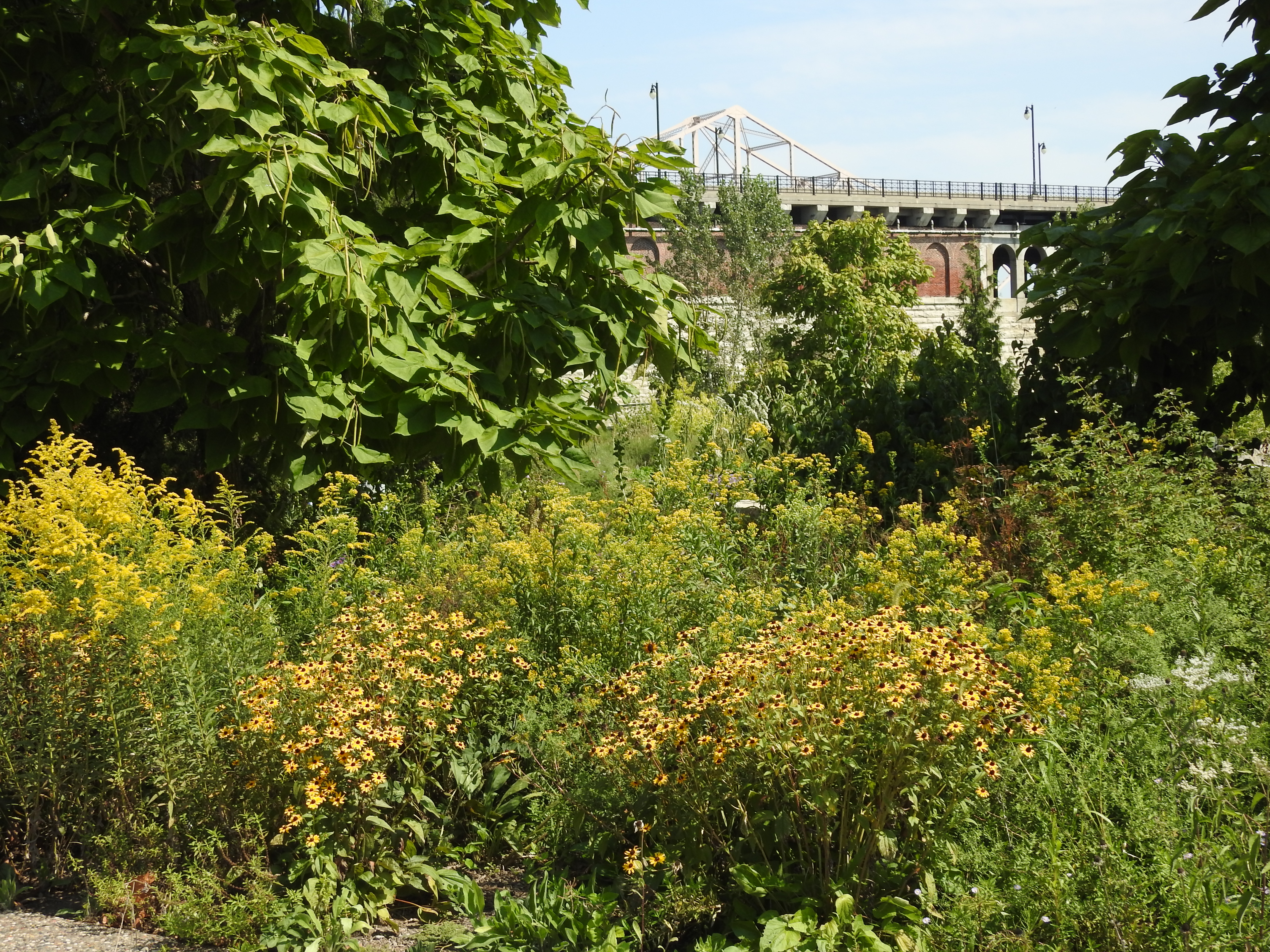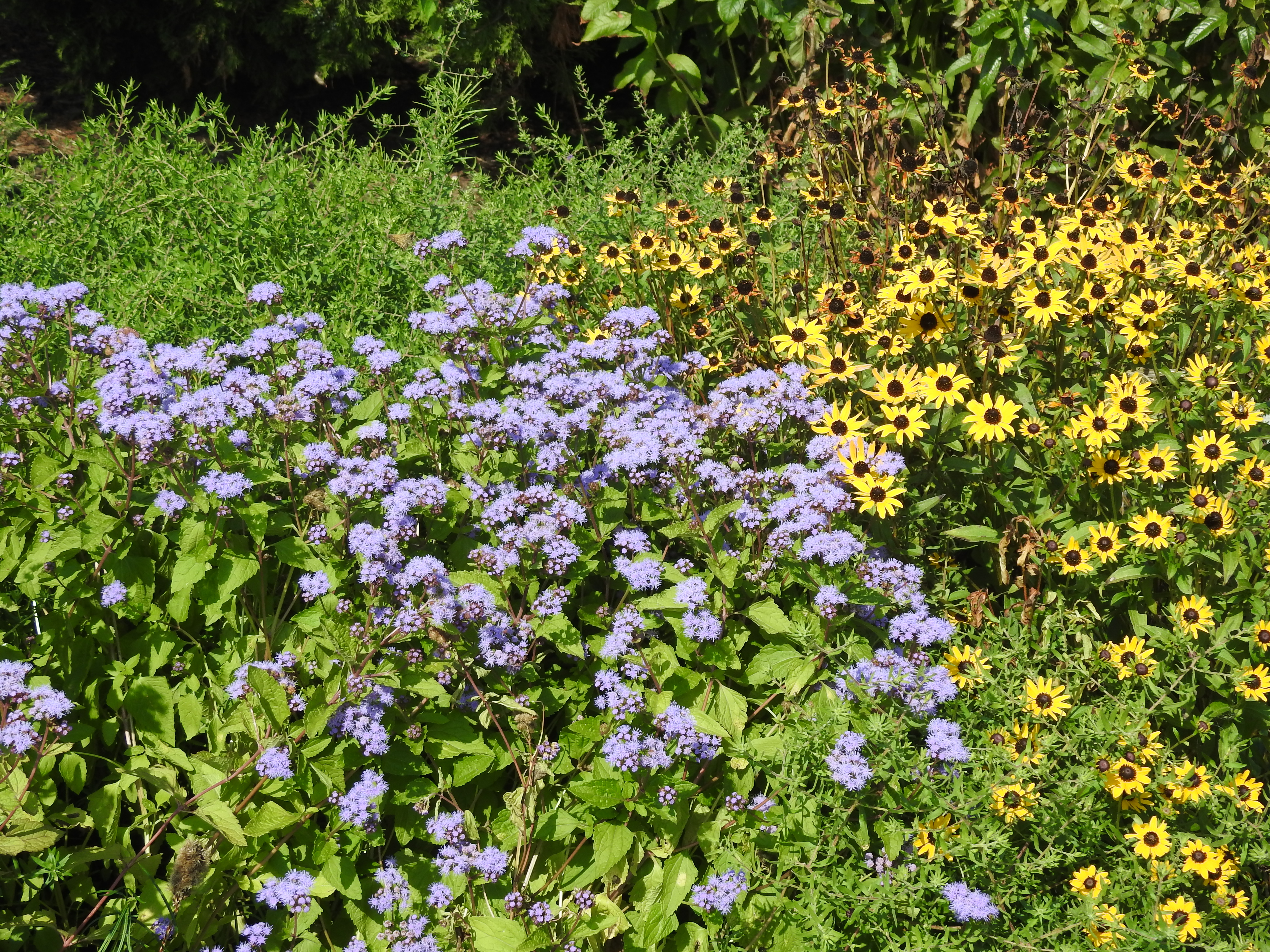It's finally starting to feel like autumn after a long, hot, humid summer. Most of our plant activity now is focused in the Explorers' Garden. This garden was designed for pollinators, with a goal of always having something blooming from February through November. If you visit the garden, you'll see insects and birds enjoying our gardeners' efforts. Many blooms this month are repeated from previous entries.

1. Buckeyes, Aesculus pavia and Aesculus flava. Fruiting in Smith Square.
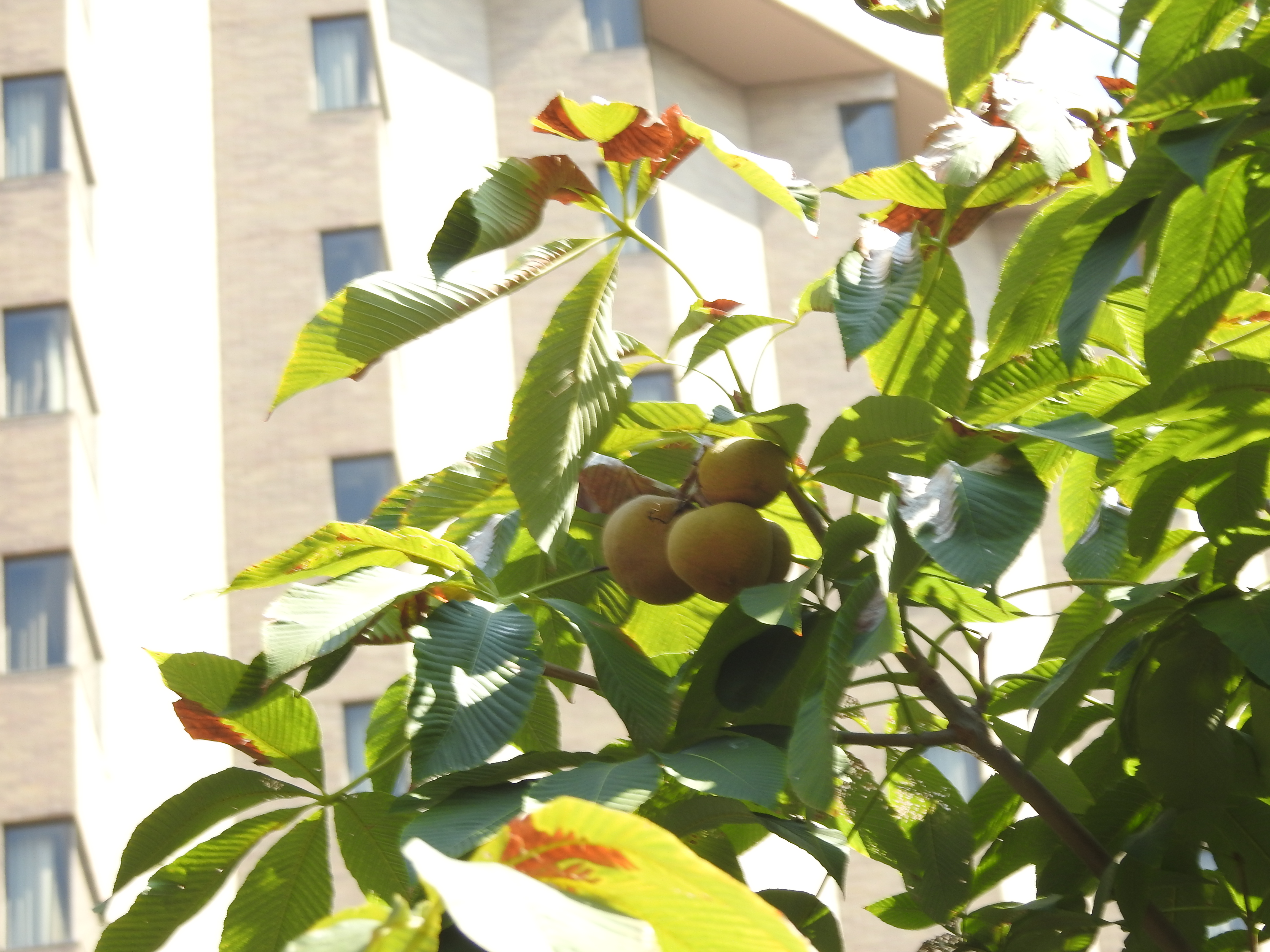
NPS Photo
We wrote about buckeyes earlier, when they were blooming, and now they're showing their fruits. The large nuts are poisonous and can only be ingested if prepared in a way that breaks down their toxins.
2. Butterfly Milkweed, Asclepias tuberosa. Blooming in the Explorers' Garden.
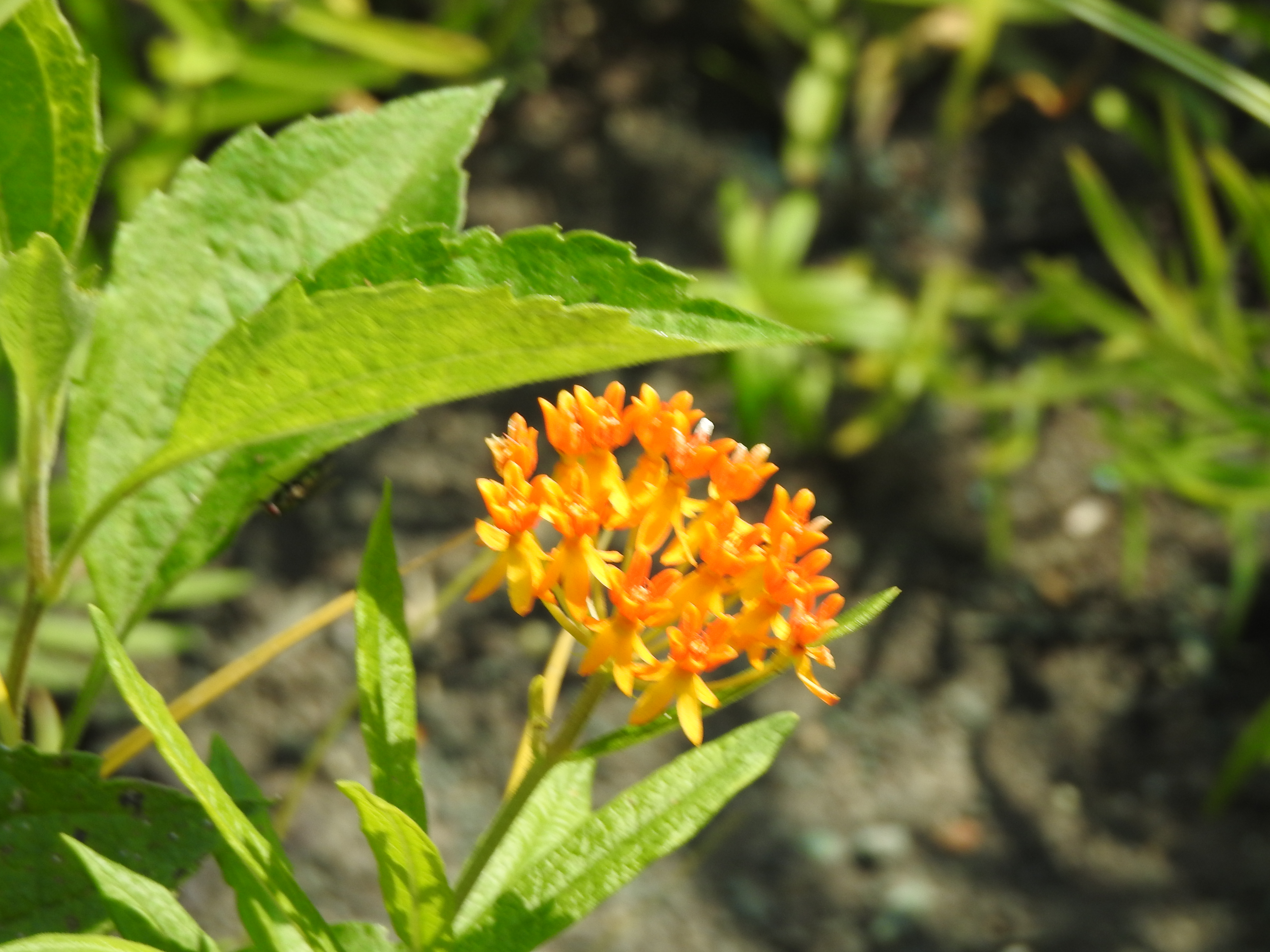
NPS Photo
This is the only Missouri milkweed that does not produce a milky sap when its stem is broken. Perhaps because of this, it is not a favorite plant for the Monarch caterpillar, but it will do in a pinch. The flowers have a long bloom period and grow throughout most of Missouri. It's an excellent nectar source for insects.
3. Aromatic Aster, Aster oblongifolius. Blooming in the Explorers' Garden.
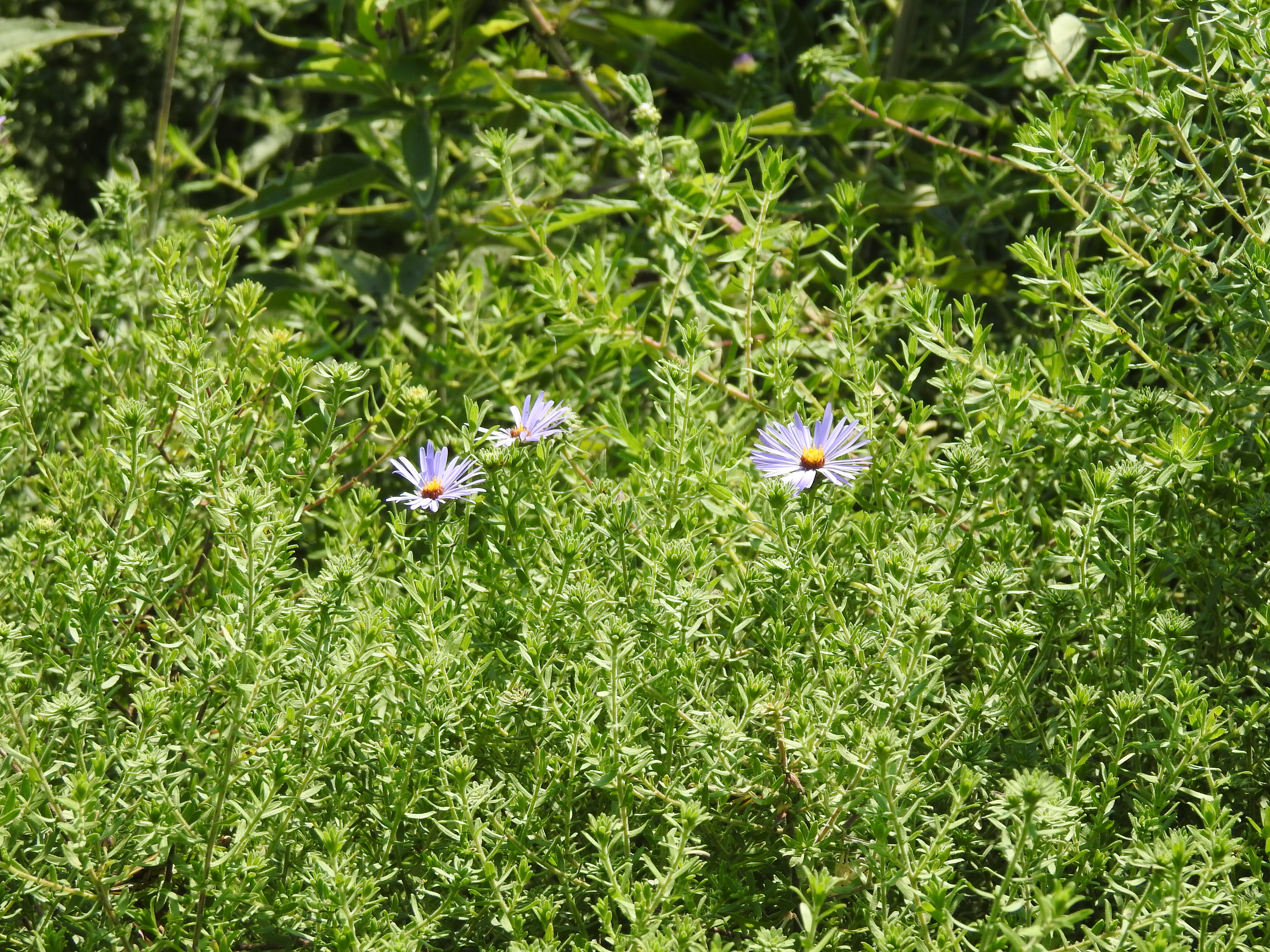
NPS Photo
When we featured this plant on the blog a few months ago, we said it was typically one of the last flowers blooming before a fall frost. That has been the case here so far, although frost is still a few weeks away. Asters are still abundant and insects are still flocking to them.
4. Common Goldenrod, Solidago canadensis. Blooming in the Explorers' Garden.
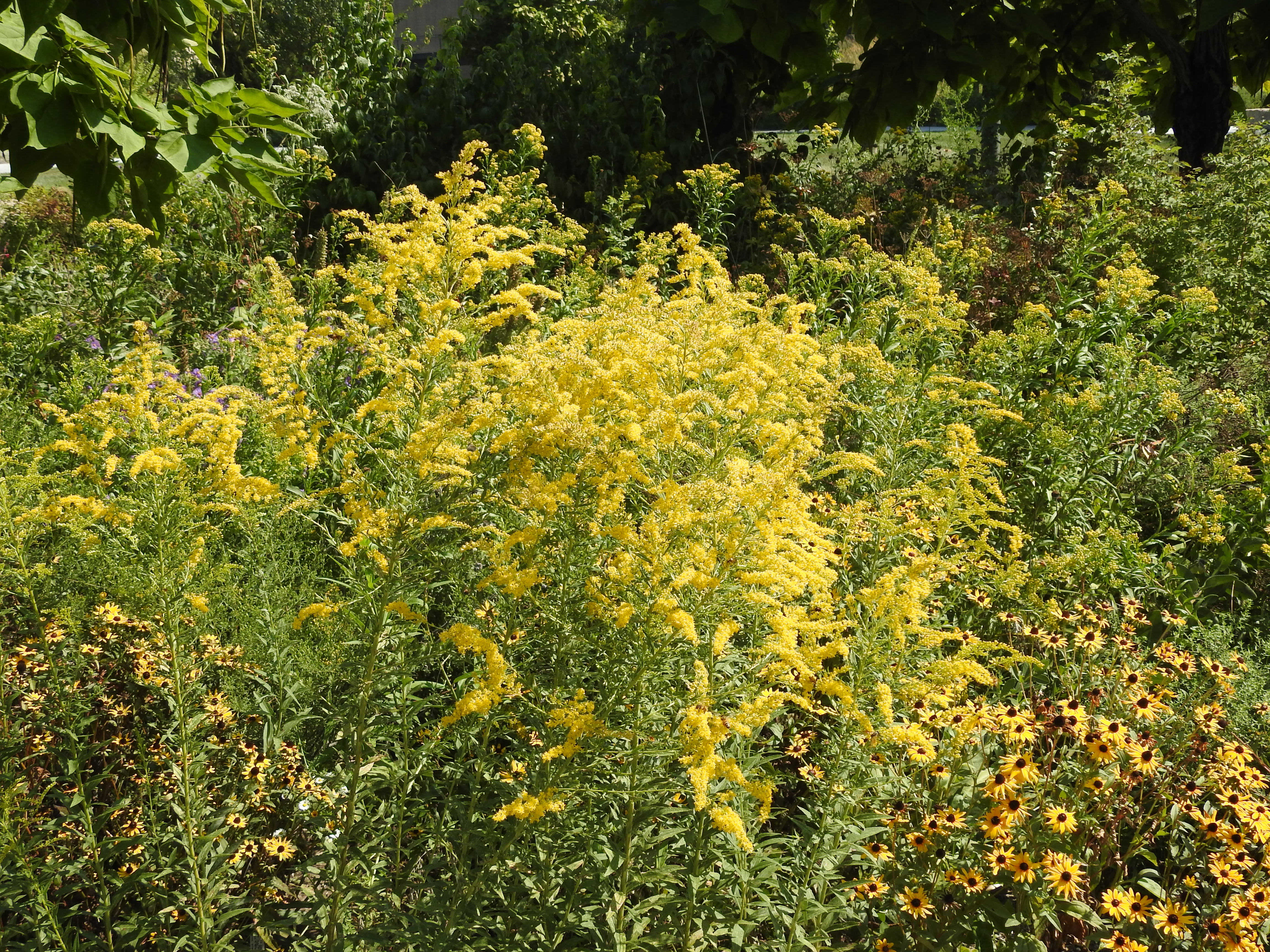
NPS Photo
This late-season bloomer hasn't been featured on the blog before, and large stands of it are all over the Explorers' Garden. It can sometimes grow up to 6 feet and forms dense, well-established thickets. It grows throughout most of America and Canada besides a few states in the Southeast. It's so hardy that plants who escaped cultivation are now considered invasive in Europe, Japan, and China.
5. Downy Skullcap, Scutellaria incana. Currently blooming in the Explorers' Garden.
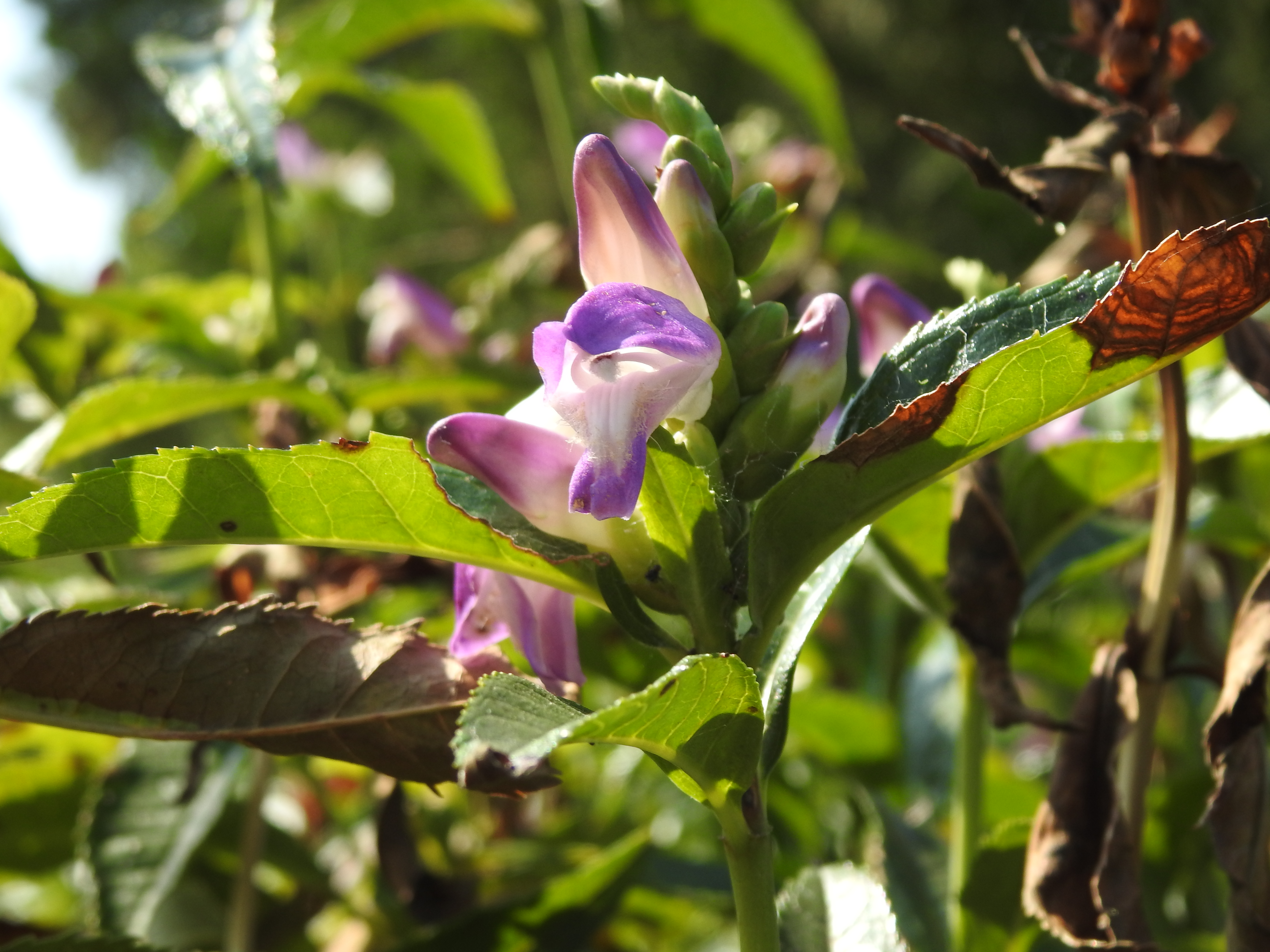
NPS Photo
This is the third time this species has been mentioned on the blog - check out the firsthere - and it doesn't show signs of stopping anytime soon.
6. Japanese Anemone, Anemone hupehensis. Blooming in the Explorers' Garden.
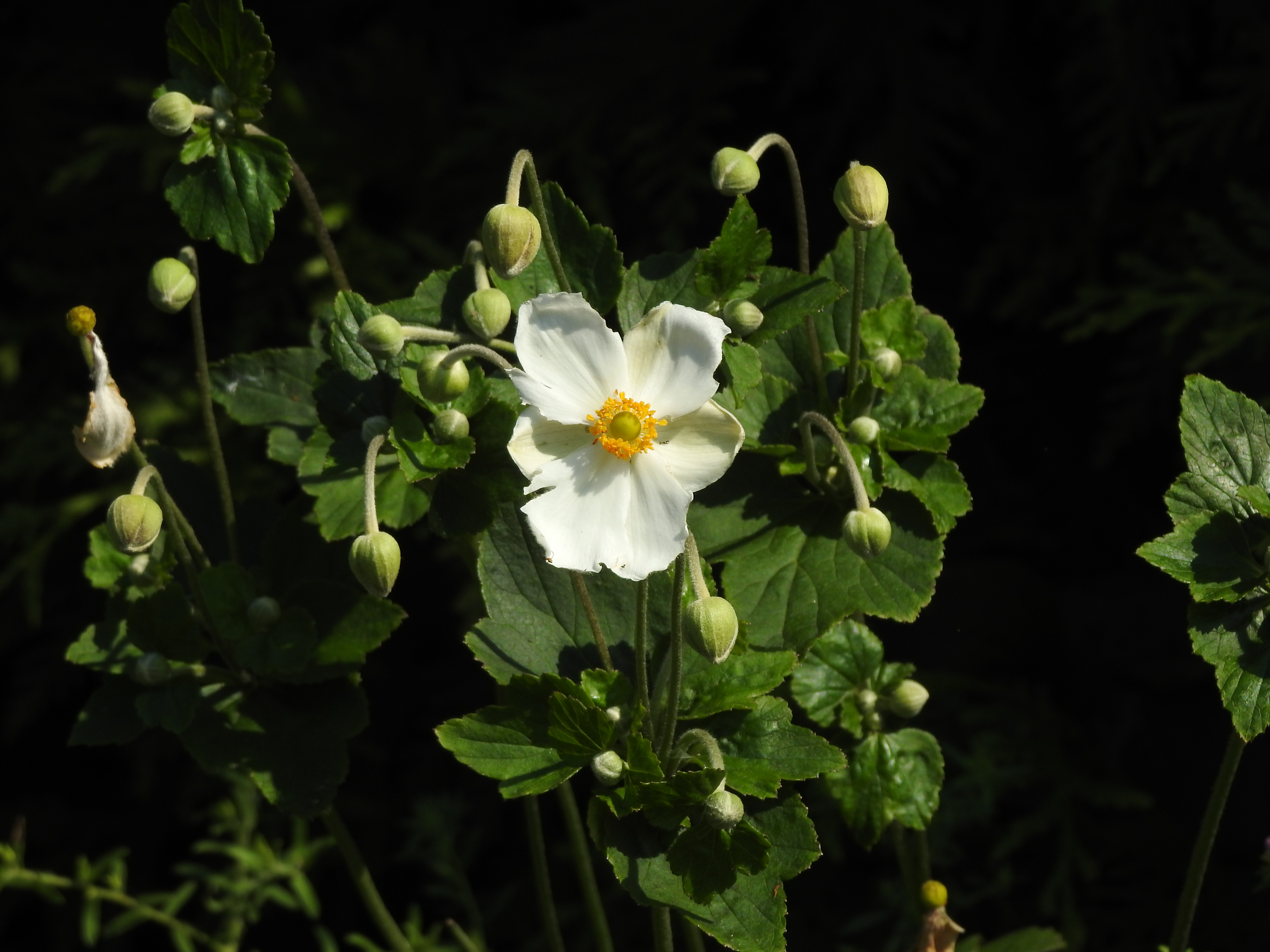
NPS Photo
This pretty little flower is actually native to China, but it has been naturalized in Japan for hundreds of years - so long that some botanists mistakingly believe that it was native there, hence its common name. The species name 'hupehensis' makes it pretty clear where the plant's true origins are; it means "from Hupeh province, China". This species may take a few years to bloom, but when it does it will reliably bloom annually for a long time.
7. Purple Mist, Conoclinium coelestinum. Blooming in the Explorers' Garden.
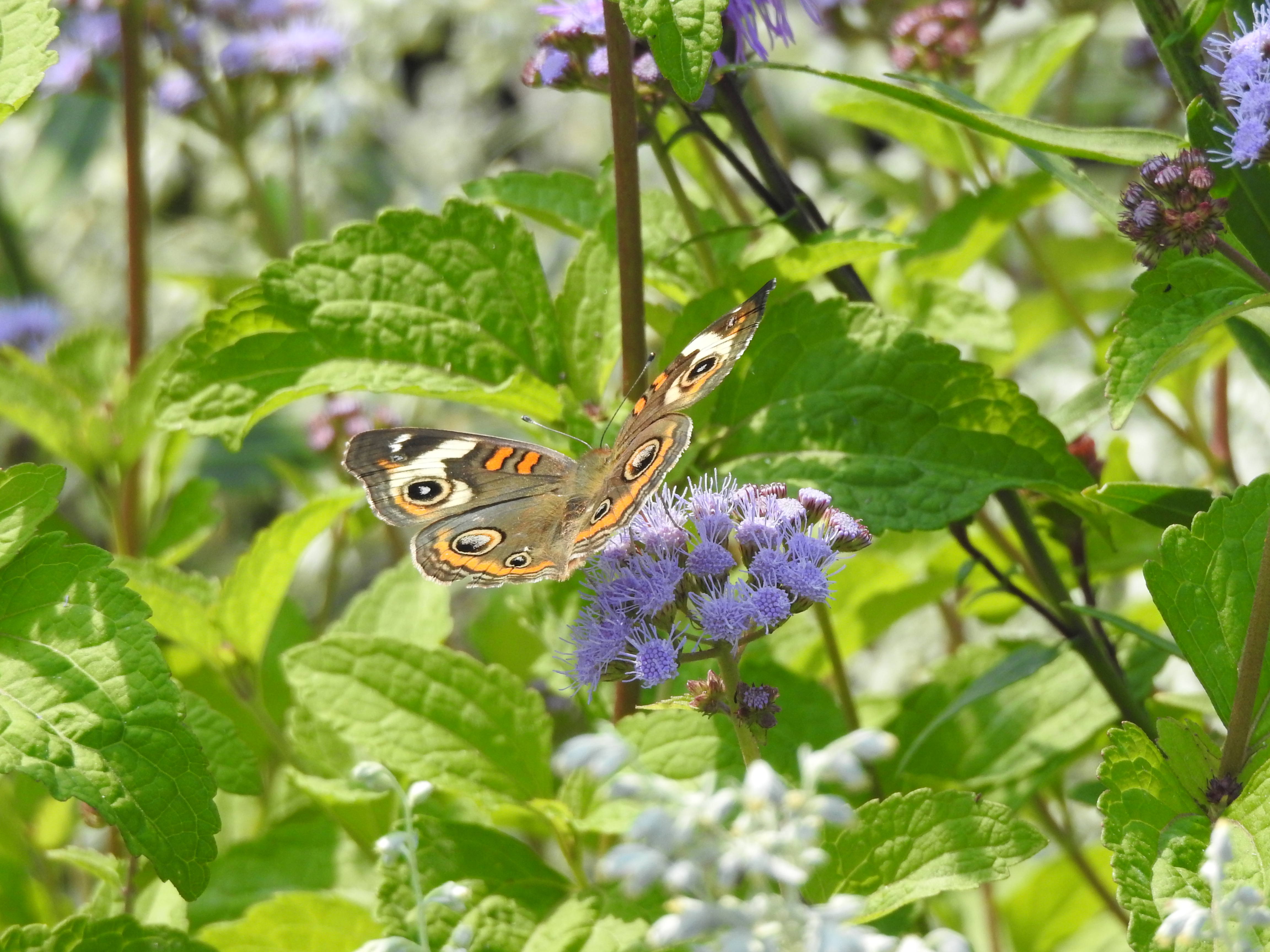
NPS Photo
This species has been on the blog before, but it is worth seeking out again. Not only is it beautiful, but it's a magnet for insects; when this ranger visited, there were three species of butterfly and several flies and bees all on the same plant!! The pictured butterfly is a Common Buckeye.
8. Rudbeckia species. Blooming in the Explorers' Garden.
NPS Photo
Purple mist is to the left, and a Rudbeckia species is to the right. NPS Photo.
Orange Coneflower, Missouri Coneflower, and Yellow Coneflower are all Rudbeckia species, they have all been featured on the blog, and they all look very similar. The various Rudbeckias are still putting on a vibrant show in the Explorers' Garden.
Thanks as always for reading to the end. We invite you to take a trip to the arch grounds to enjoy the cooler weather and gorgeous blooms.

